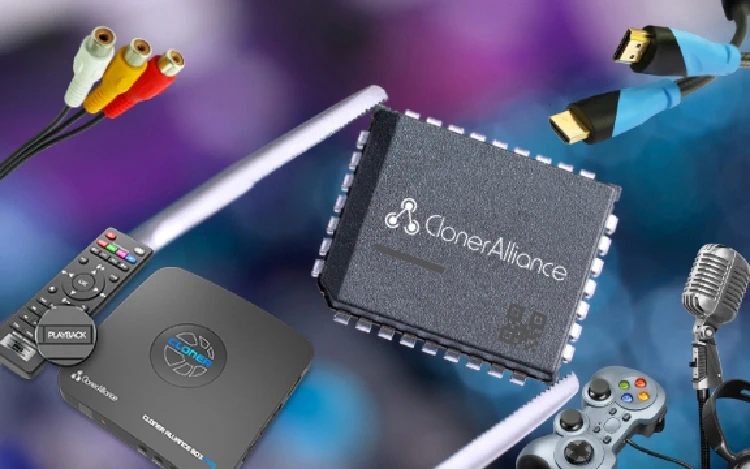Which part of a capture card affects the video capture quality most?
Which part of a capture card affects the video capture quality most?
Video capture cards, also called video cards, is used to input video data from analog cameras, video recorders, LD video disc players, TV sets, or mixed data of video and audio, convert them into discriminated digital data, which become editable video data files and then store in the computer. According to usage, they can be divided into broadcast video capture card, professional video capture card, and home-use video capture card.
Nowadays, there are so many types of video capture devices with various specifications. Many users, after purchasing a capture card, may find that the quality of video capture does not meet the requirements, such as image color difference, image blur, etc. Then which part of a capture card affects the video capture quality most?
A video capture device is generally composed of data capture (video digital-to-analog conversion) and encoding chip, and the latter most affects video quality. A chip that can achieve hard compression has a higher capture quality. Generally, only high-end capture devices are equipped with such chips. The basic principle of hard-compressed video capture cards is that the analog video signal of the camera is input to the capture device, and the analog signal is converted into a digital signal by the chip, and then transferred to the temporary memory provided by the board. The video chip on the card runs the compression algorithm to compress the huge video signal, and finally these compressed video signals are directly stored in the USB storage device or transmitted to the PC via USB port.
For those who want to obtain high-quality capture, it is recommended to use a capture card with hardware compression, such as ClonerAlliance Box Pro, which features standalone recording and hardware compression, can perfectly compress 1080p video and automatically store it as MP4.
